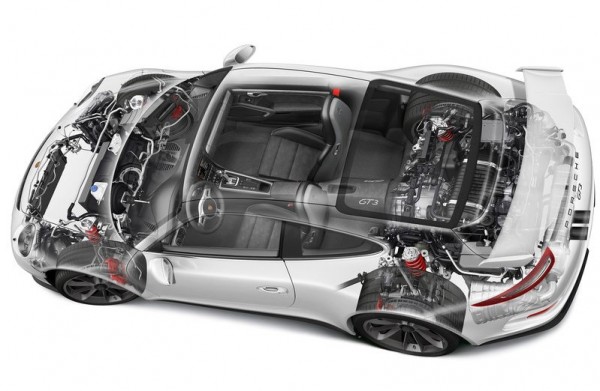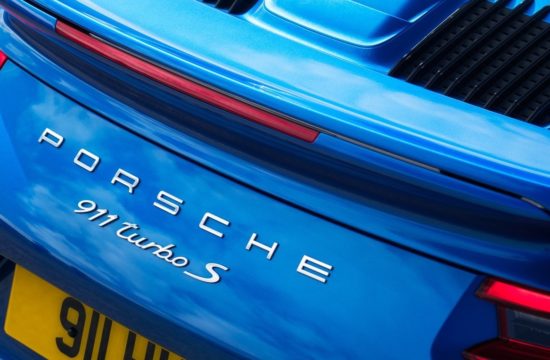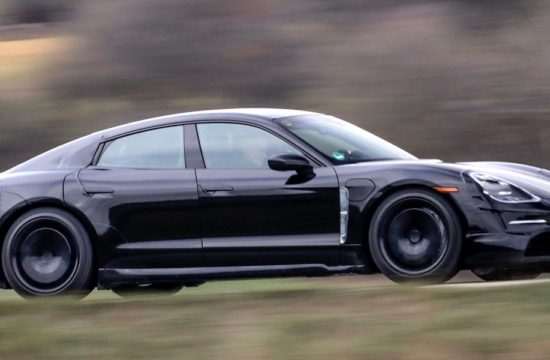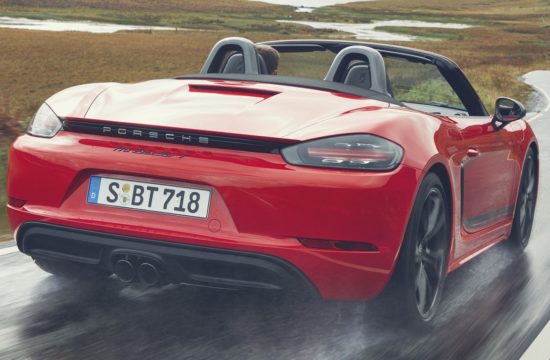One of the most revolutionary new systems fitted to the high-performance versions of the new 991-series Porsche 911 – the GT3, the Turbo and Turbo S, as well as the 918 hyper car – is the active rear-wheel steering system. What it does, in essence, is enhance cornering capabilities of the car. This video here provides a good demonstration of the system in action.
Porsche’s Rear-Wheel Steering system works in tandem with the Porsche Torque Vectoring (PTV) Plus, and complements the functions of active engine mounts, the Porsche Stability Management (PSM) and the active damper system (PASM).
Normally, all this high-tech stuff would rob of the car from its natural driving feel and give it a sort of arcade-like behavior, as seen in the Nissan GT-R. But amazingly, Porsche engineers have managed to tailor these systems to the driver is still the overlord actual. Driver assist systems in the Porsche 991 GT3 are designed to accentuate the driver’s talent, not make it redundant.
Now for a bit of technobabblery: The active rear-wheel steering comprises two electro-mechanical actuators, which are used at the left and right side of the rear axle instead of the conventional control arms. These allow the steering angle of the rear wheels to be varied by up to about 1.5 degrees, depending on the speed. Depending on the turning of the steering wheel, two effects are achieved: if front and rear wheels are steering in the opposite direction, the Porsche 911 GT3 drives like a sports car with considerably shorter wheelbase – even shorter than in the previous mode. With the agility of a go-cart, it enters a bend even more dynamically and is more agile in curves. The system activates this function with speeds under 50 km/h, thus reducing the turning radius, and manoeuvring and parking become much easier in everyday use.
The second effect occurs with the steering of the front and rear wheels in the same direction: the felt wheelbase of the 911 GT3 expands. This results in more stability when changing lanes and an increased driving stability especially at high speeds. What’s more, the side force on the rear axle triggered by the steering input of the driver is built up much faster than with a non-steered rear axle, which leads to a more spontaneous and harmonious initiation of the change in direction. The steering in the same direction takes effect as of a speed of 80 km/h.










